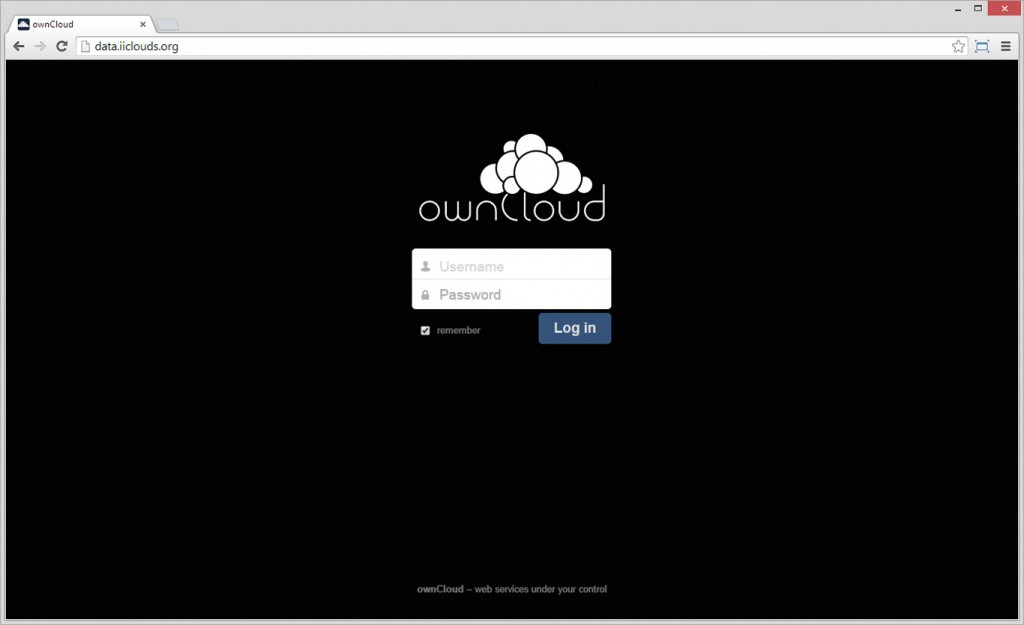Note: an interesting “documentary” project/resource for our project is this recent work by designer and researcher Timo Arnall. It was published last May on his website and on different blogs. The focus is obviously here on the data center as a (fascinating?) contemporary artifact, in which the search for technical efficiency, rationality, security, redundancy, clean air, modularity, etc. leads to a specific spatial aesthetic. It is this aesthetic that seems to become the “main character” for this movie that mixes techniques, even so the idea is to reveal/desacralize the “hidden materiality of our data”. This project is planned to be displayed as a multi-screen installation.
While I didn’t have the occasion to see the movie yet, we should keep it in mind and try to display it in the frame of our own research, in particular to the students that will take part to the different I&IC workshops.
Via elasticspace
—–
Internet machine is a multi-screen film about the invisible infrastructures of the internet. The film reveals the hidden materiality of our data by exploring some of the machines through which ‘the cloud’ is transmitted and transformed.
Film: 6 min 40 sec, digital 4K, 25fps, stereo.
Installation: Digital projection, 3 x 16:10 screens, each 4.85m x 2.8m.
Medium: Digital photography, photogrammetry and 3D animation.
Continue Reading…

